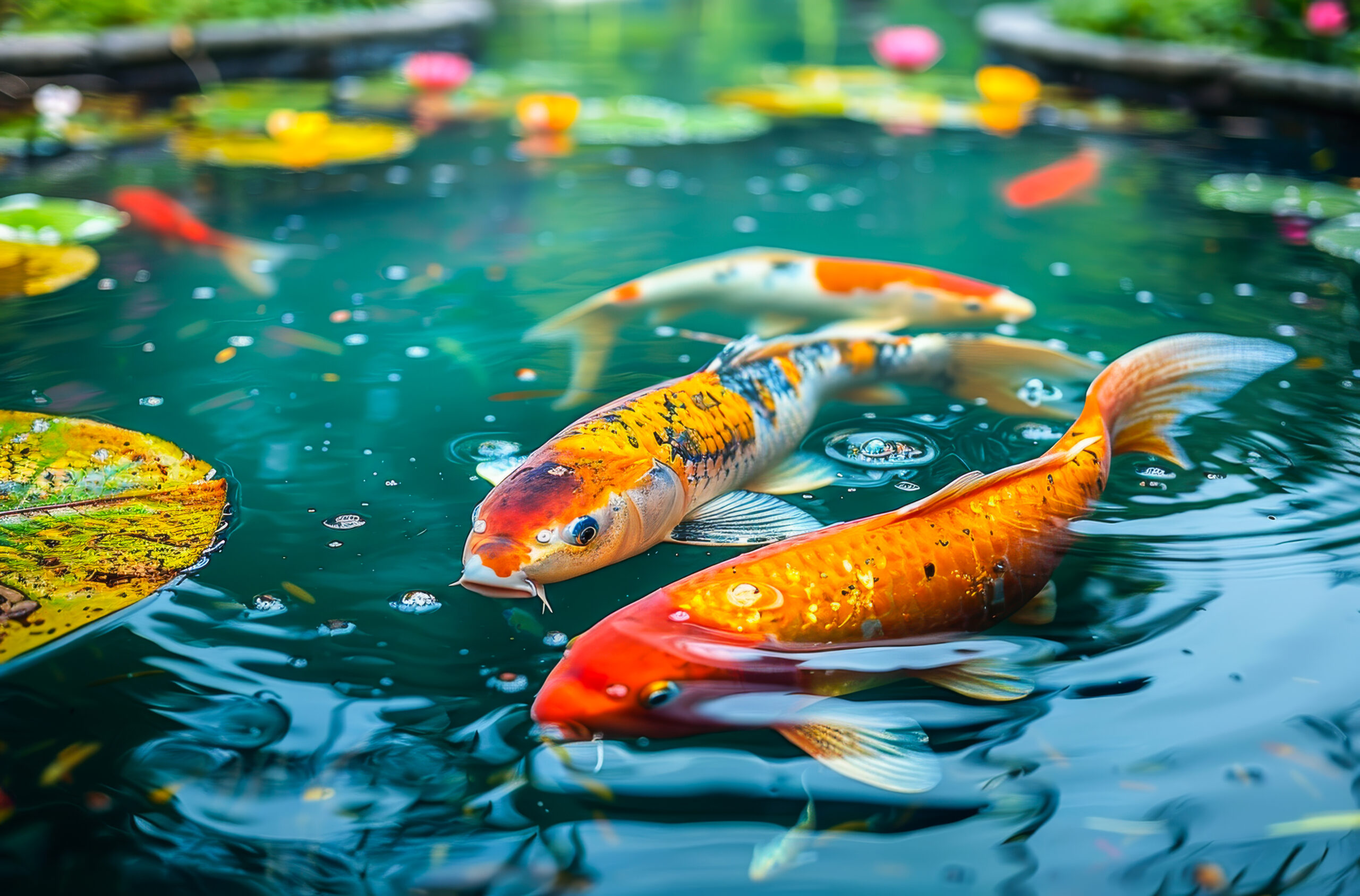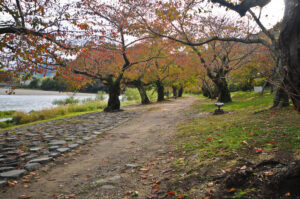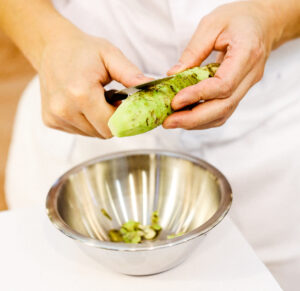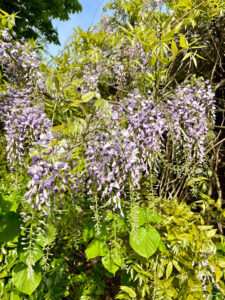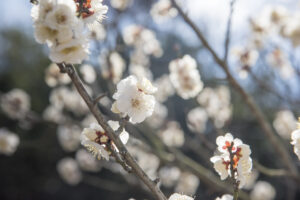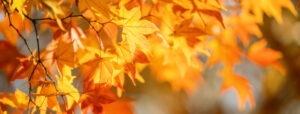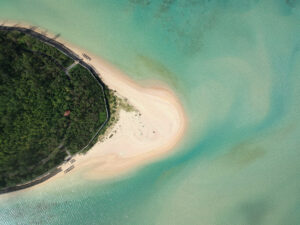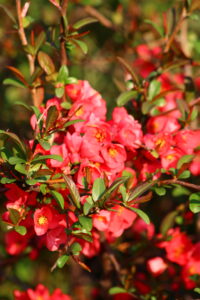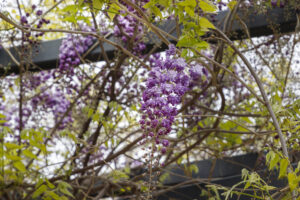In the heart of Japan, amidst its bustling cities and towering skyscrapers, lie serene oases that capture the essence of traditional Japanese beauty and tranquility: the Koi ponds. These vibrant ecosystems are not just an aesthetic delight but also a cultural symbol deeply rooted in Japanese heritage. They offer a peaceful retreat, reflecting the meticulous care and profound philosophy that underpin Japanese garden design. Through exploring the serene beauty of Japan’s Koi fish ponds, we delve into a world where nature, art, and spirituality converge, providing a unique insight into the country’s rich cultural tapestry.
Unveiling the Tranquility of Japanese Koi Ponds
Japanese Koi ponds are the epitome of tranquility in the bustling life of Japan. These carefully designed water gardens serve as tranquil retreats for those seeking solace and a momentary escape from the fast-paced world. The gentle ripples on the water surface, the graceful dance of Koi fish beneath, and the harmonious sounds of nature all contribute to an atmosphere of profound peace. Each pond is a meticulously crafted masterpiece that reflects the Japanese ethos of balance and harmony with nature. The tranquility of these ponds is palpable, offering visitors a chance to reconnect with nature and find inner peace.
The Cultural Significance of Koi in Japan
Koi fish hold a venerable position in Japanese culture, symbolizing good fortune, perseverance, and strength of character. The legend of the Koi, which is said to swim upstream and transform into a dragon, underscores the fish’s representation of determination and success against all odds. In Japanese society, Koi ponds are not merely decorative elements but a nod to the cultural values of resilience and optimism. The presence of these ponds in both private and public spaces signifies the deep-rooted appreciation and reverence for Koi fish and their symbolic meaning in the journey of life.
Journey to the Most Serene Koi Ponds in Japan
Japan is dotted with an array of serene Koi ponds, each offering a unique vista and experience. From the historic ponds of Kyoto’s temples to the contemporary designs found in bustling Tokyo, these ponds are a testament to the country’s dedication to preserving and celebrating this aspect of their cultural heritage. Noteworthy destinations include the tranquil Koi ponds of Kenrokuen Garden in Kanazawa, the picturesque scenes at Ritsurin Garden in Takamatsu, and the majestic designs within the Imperial Palace grounds in Tokyo. Each location offers a serene setting for reflection and appreciation of the beauty and complexity of Koi ponds.
The Art and Science Behind Koi Pond Design
Designing a Koi pond is a blend of art and science, involving intricate knowledge of landscaping, architecture, and aquatic ecology. The ideal Koi pond creates a balanced ecosystem that supports the health and growth of Koi fish while providing aesthetic pleasure. Factors such as water circulation, filtration, depth, and plant life are meticulously planned to mimic natural habitats and ensure the well-being of the Koi. Moreover, the design philosophy often incorporates traditional Japanese elements like stepping stones, bridges, and Shinto-inspired ornaments, creating a space where every element is in harmony.
Exploring the Vibrant World of Koi Varieties
The world of Koi is astonishingly diverse, with more than a hundred varieties categorized by coloration, patterning, and scalation. Some of the most cherished varieties include the iconic Kohaku, with its striking red and white patterns; the shimmering metallic Ogon; and the Showa, featuring a dynamic interplay of black, red, and white. Each variety is bred for specific traits, making the pond a kaleidoscope of colors and patterns. This diversity not only adds to the visual appeal of Koi ponds but also reflects the meticulous care and expertise involved in Koi breeding and selection.
The Zen of Koi Pond Maintenance
Maintaining a Koi pond is a labor of love and a practice in mindfulness. It demands regular attention and a deep understanding of the living ecosystem. Tasks such as feeding the Koi, monitoring water quality, and managing pond vegetation are performed with a sense of dedication and care. This routine work fosters a bond between the caretakers and the pond, turning maintenance into a meditative practice. It is through this continuous engagement that the pond truly becomes a part of one’s living space, offering daily lessons in patience, responsibility, and the interconnectedness of life.
Koi Ponds Through the Seasons: A Year-round Marvel
The beauty of Koi ponds transcends seasons, offering a different spectacle with each passing month. In the spring, the blossoming of cherry trees around ponds adds a delicate pink hue to the landscape, while Koi gracefully navigate the warming waters. Summer brings lush greenery and vibrant life, with Koi more active in the balmy temperatures. Autumn casts a golden glow, with falling leaves creating a picturesque contrast against the clear pond waters. Winter, though seemingly dormant, highlights the resilience of Koi, as they continue to swim serenely beneath the icy surface. Each season adds a unique chapter to the life of a Koi pond, making it a year-round marvel.
The Spiritual Connection Between Koi Fish and Zen Gardens
The integration of Koi ponds within Zen gardens is a physical manifestation of the spiritual principles of Zen Buddhism. The movement of Koi fish, akin to living brush strokes against the tranquil pond canvas, serves as a focal point for meditation and contemplation. This dynamic element of life within the stillness of a Zen garden embodies the Zen teachings of mindfulness and the beauty of the present moment. Koi ponds in these settings are designed to evoke a sense of peace and introspection, inviting visitors to pause and reflect on the flow of life.
Expert Tips on Creating Your Own Koi Pond Paradise
Creating your own Koi pond can transform your personal space into a haven of tranquility. Experts recommend starting with a clear design vision that includes a balanced ecosystem to support the Koi. Choosing the right location, ensuring adequate depth for temperature regulation, and incorporating efficient filtration systems are critical steps. Selecting Koi varieties that complement each other in color and temperament can enhance the visual harmony of the pond. Additionally, incorporating native plants and naturalistic design elements can attract beneficial wildlife, further enriching the pond environment.
The Environmental Benefits of Sustaining Koi Ponds
Beyond their beauty and cultural significance, Koi ponds play an important role in promoting biodiversity and environmental sustainability. By mimicking natural aquatic ecosystems, these ponds provide habitat for various species, including beneficial insects, amphibians, and birds. The vegetation in and around the pond helps in filtering pollutants, improving air and water quality. Koi ponds can also contribute to the ecological balance by promoting groundwater recharge and reducing urban heat effects. Thus, these ponds are not only aesthetic features but also valuable assets in urban ecological conservation efforts.
Meeting the Masters: Interviews with Renowned Koi Breeders
Renowned Koi breeders are custodians of the art and science of Koi cultivation, dedicating their lives to perfecting the health and beauty of these majestic fish. In interviews, these masters share insights into the meticulous care, selective breeding, and deep passion required to produce award-winning Koi. Their knowledge spans generations, with secrets and techniques passed down through the years. Meeting these masters offers a glimpse into the dedication behind the serene beauty of Koi ponds, highlighting the blend of tradition, expertise, and love that goes into each fish.
The Future of Koi Pond Conservation in Japan
As Japan strides into the future, the conservation of Koi ponds remains a priority for both cultural preservation and environmental sustainability. Efforts are underway to ensure that these living symbols of Japanese heritage are safeguarded against the challenges of urbanization and climate change. Initiatives include the use of advanced filtration technologies, sustainable water management practices, and the promotion of Koi pond culture among younger generations. The future of Koi pond conservation in Japan looks promising, with a continued commitment to the protection and celebration of these serene havens of beauty and tranquility.
The serene beauty of Japan’s Koi fish ponds encapsulates the essence of Japanese culture, blending art, nature, and spirituality in harmonious symphony. These tranquil retreats serve as a testament to the enduring values of perseverance, harmony, and balance that permeate Japanese society. As we explore the vibrant world of Koi ponds, from their cultural significance to the art of their maintenance, we are reminded of the profound connections between humans and the natural world. In the gentle ripples and vibrant flashes of Koi ponds, Japan offers a timeless sanctuary of peace and beauty, inviting all who visit to pause, reflect, and marvel at the simple elegance of life.
